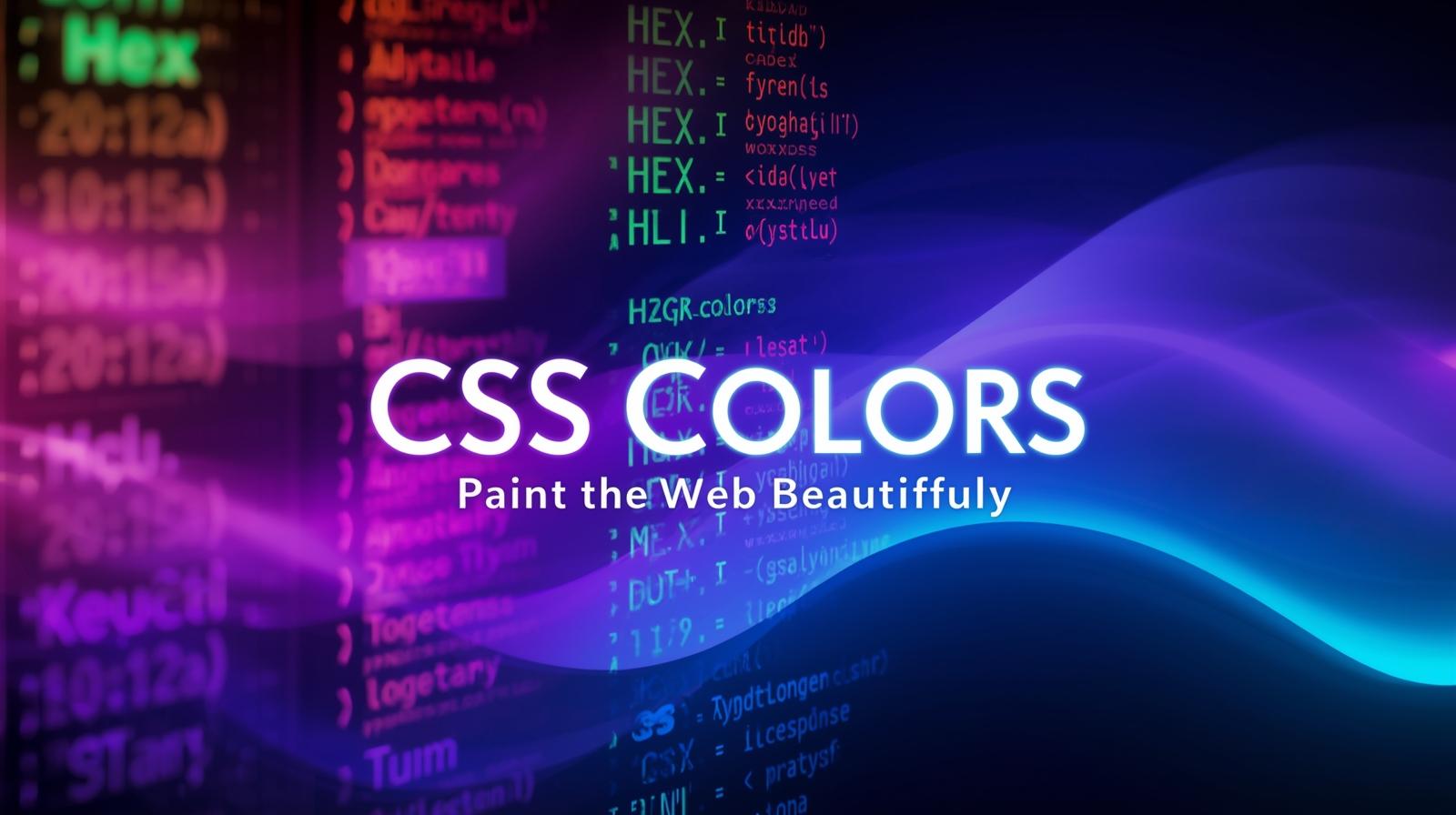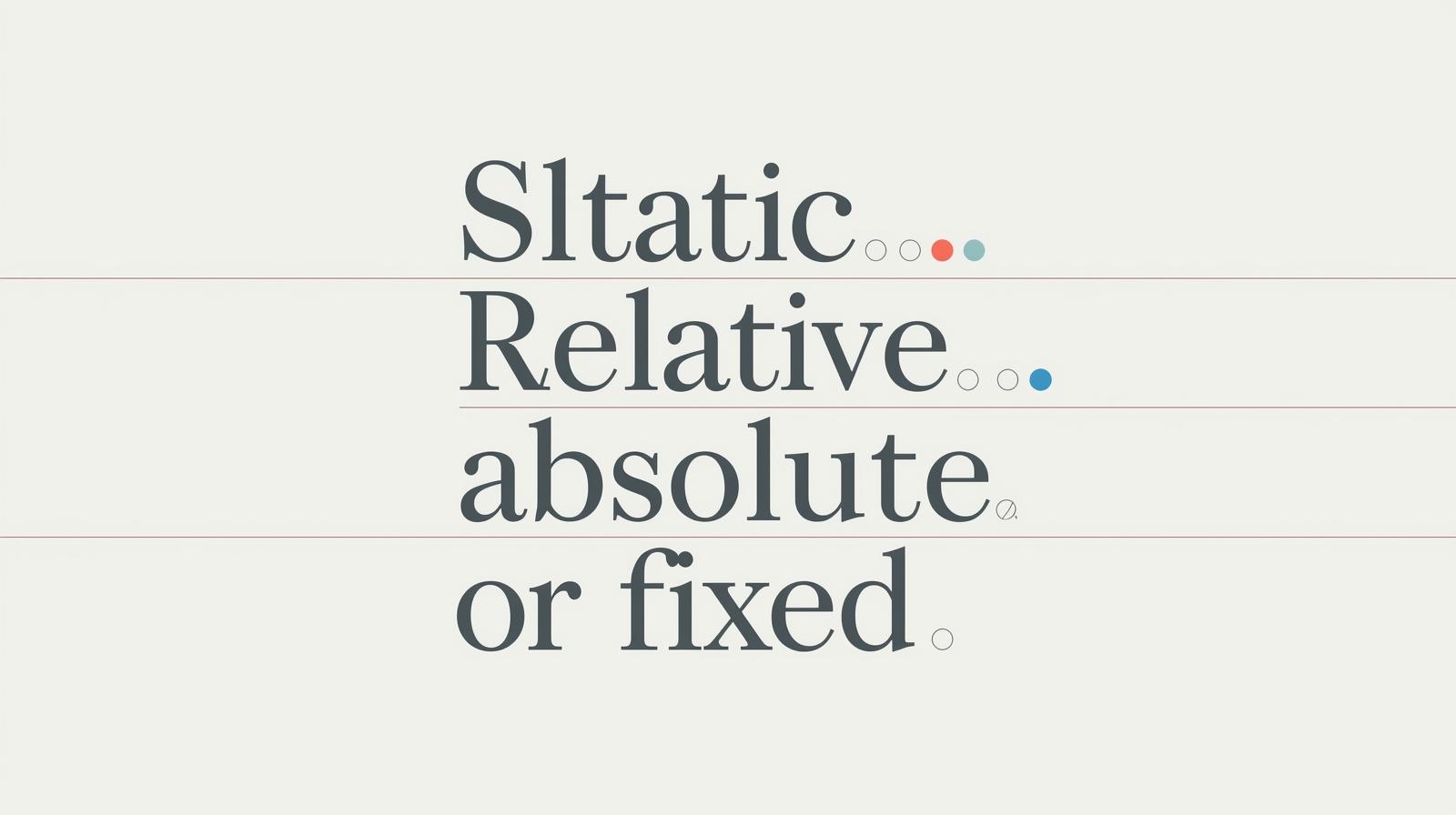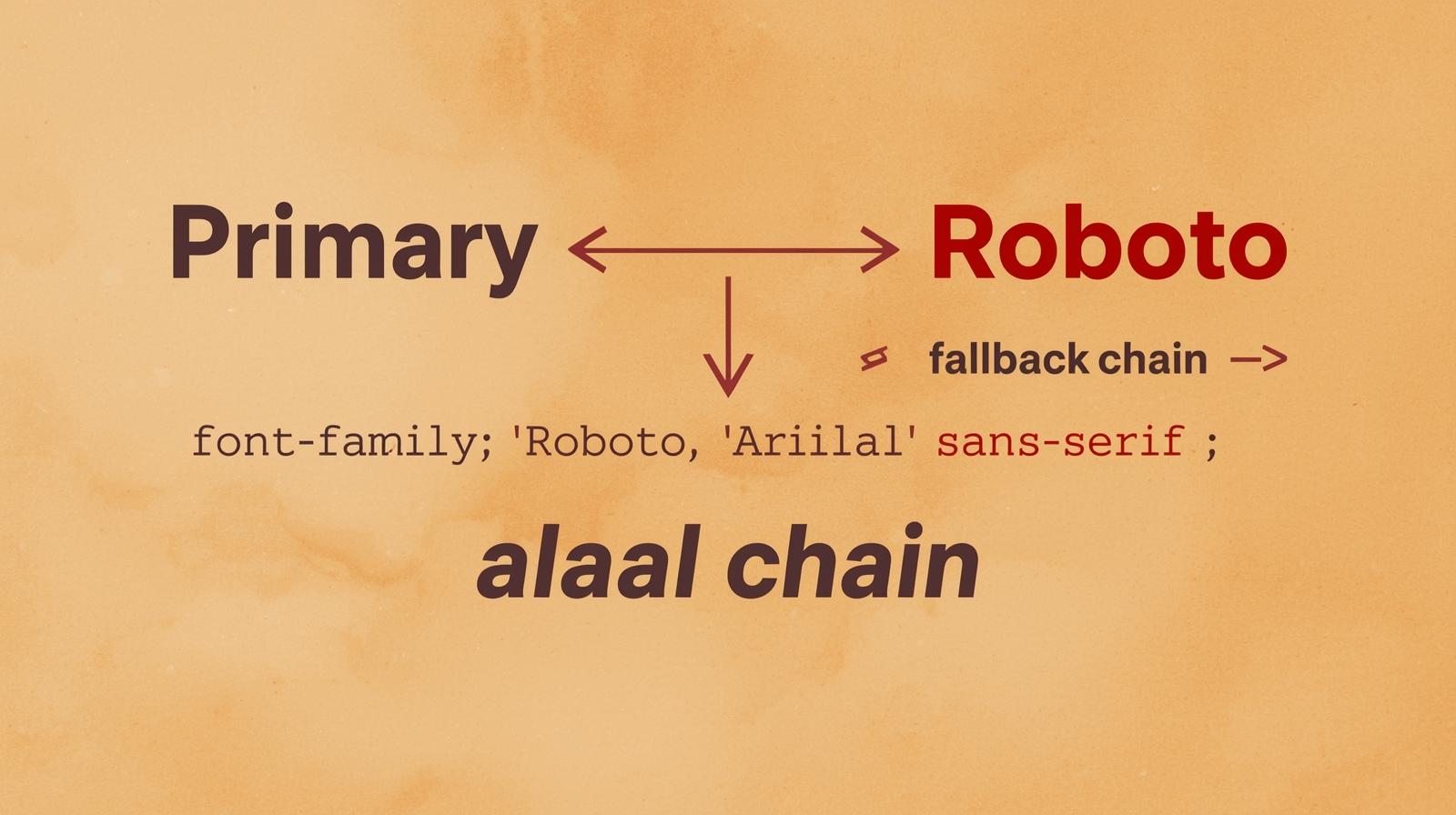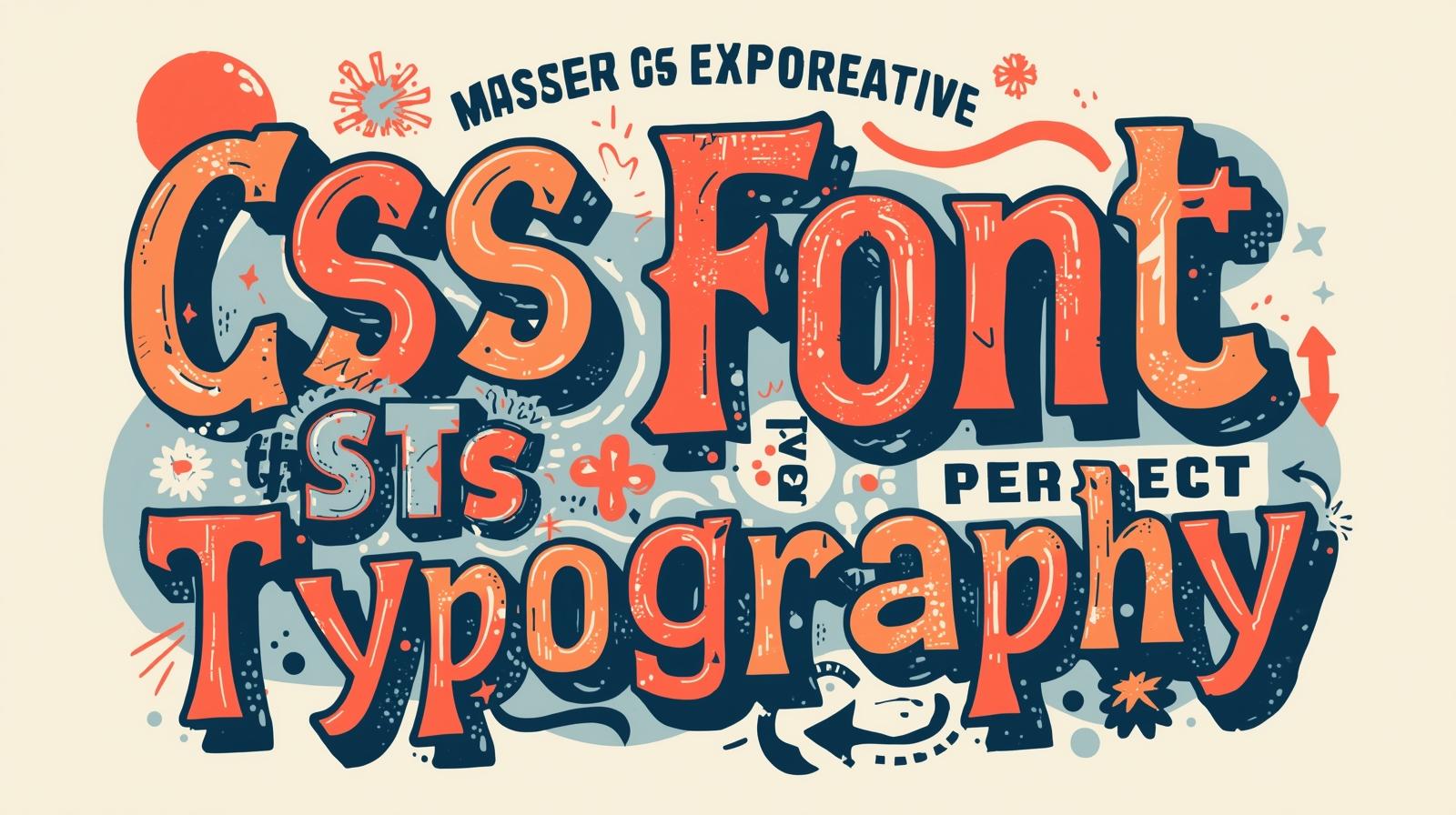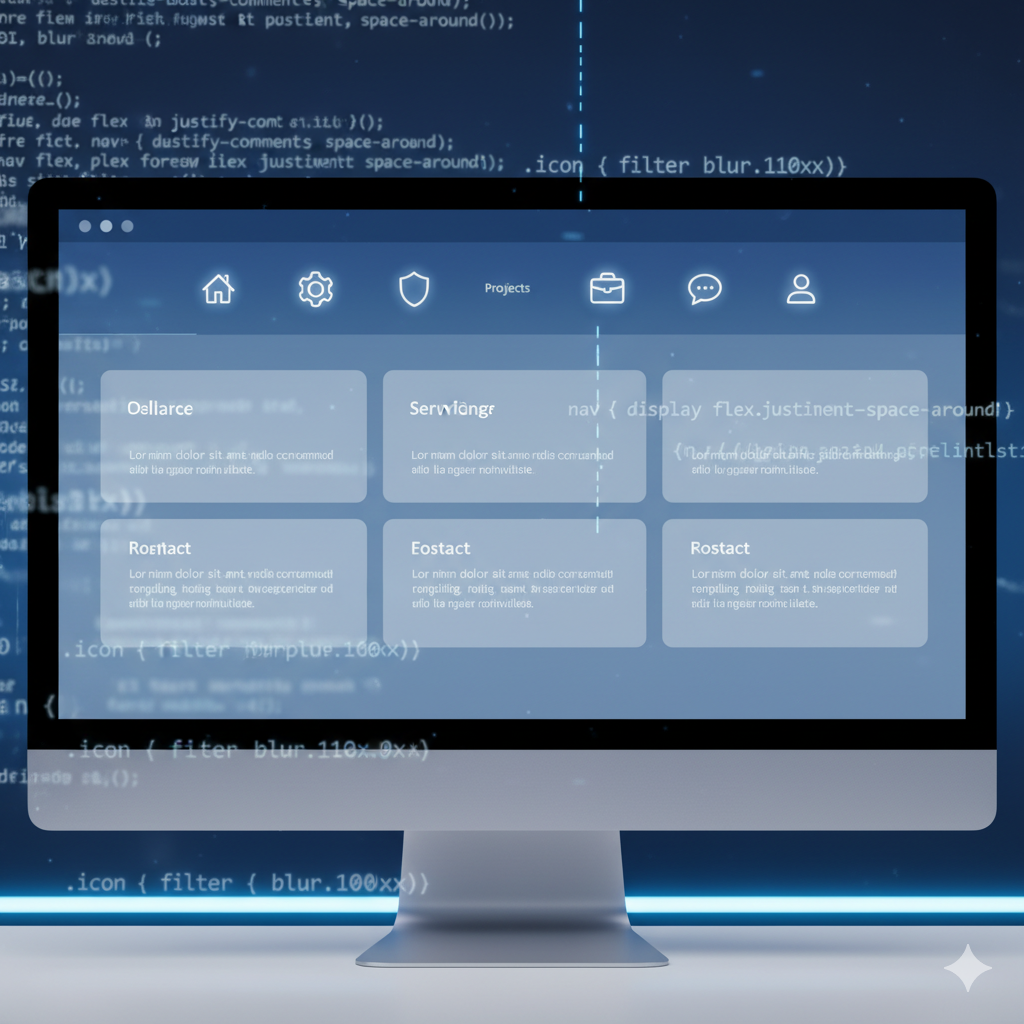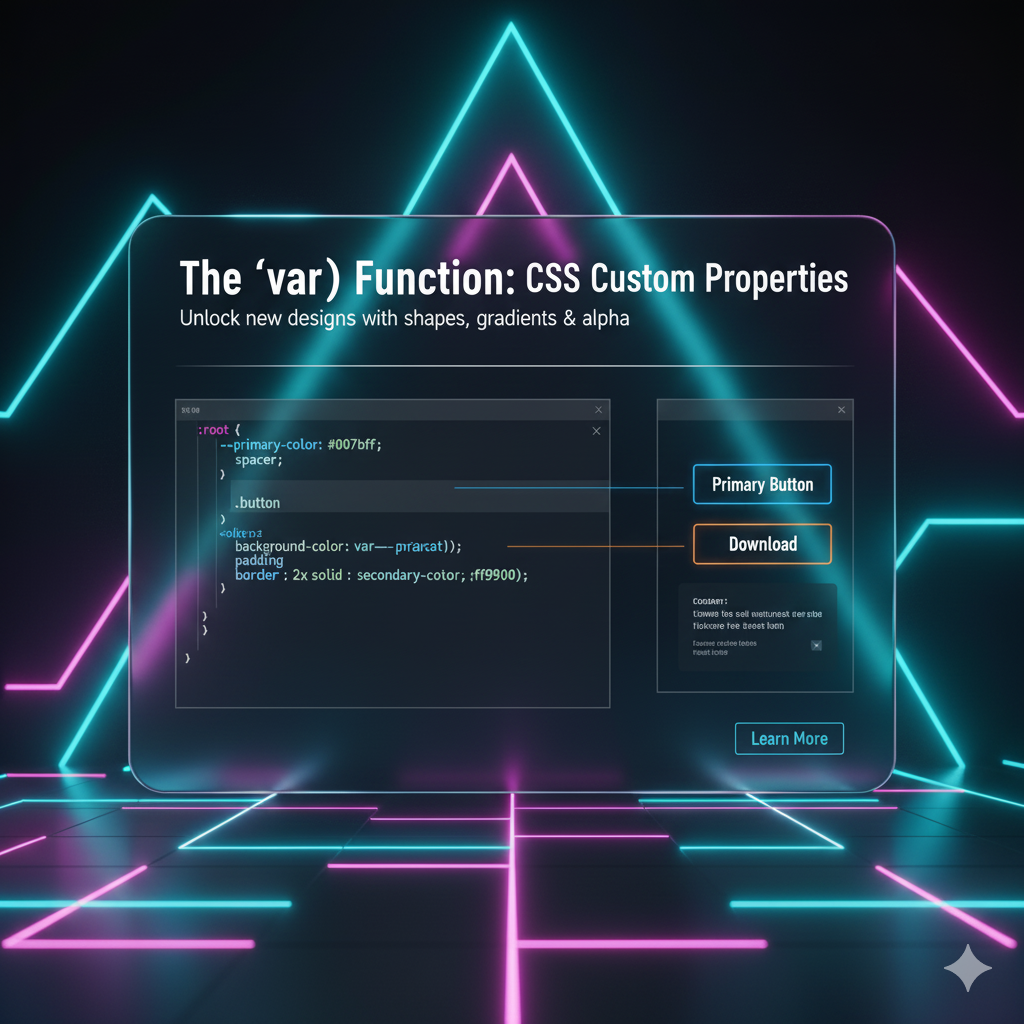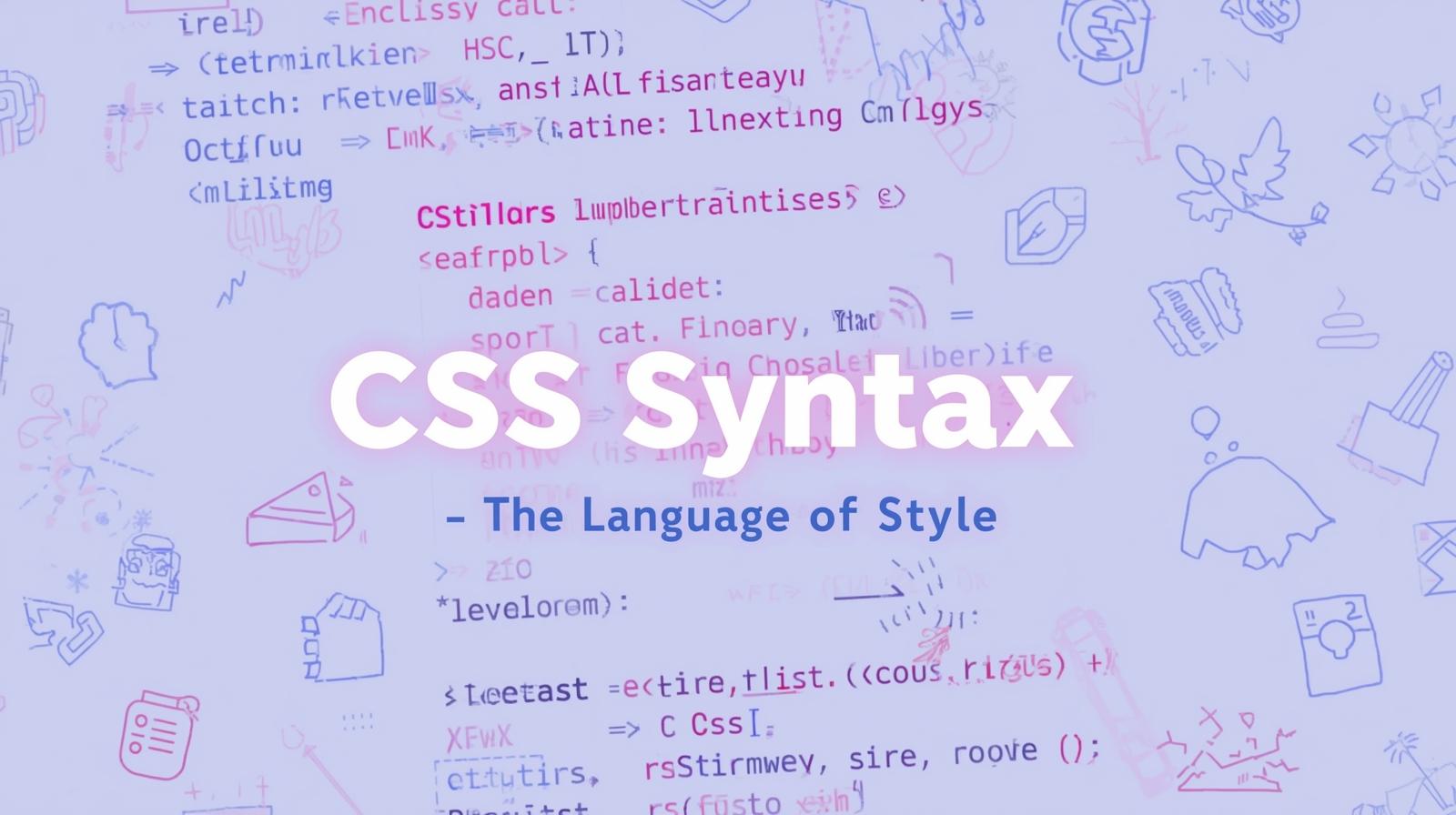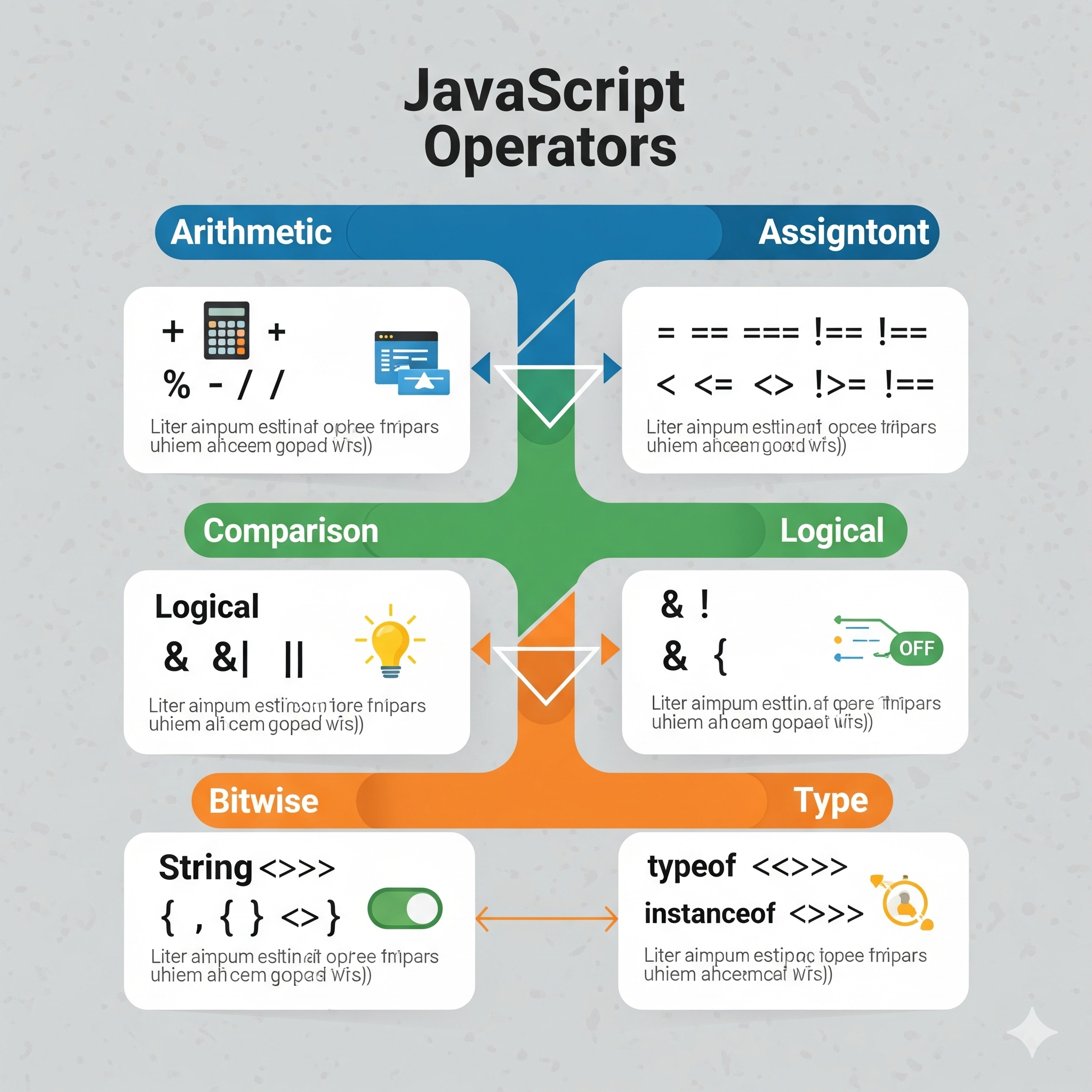Master CSS Rounded Corners: A 2025 Guide to border-radius
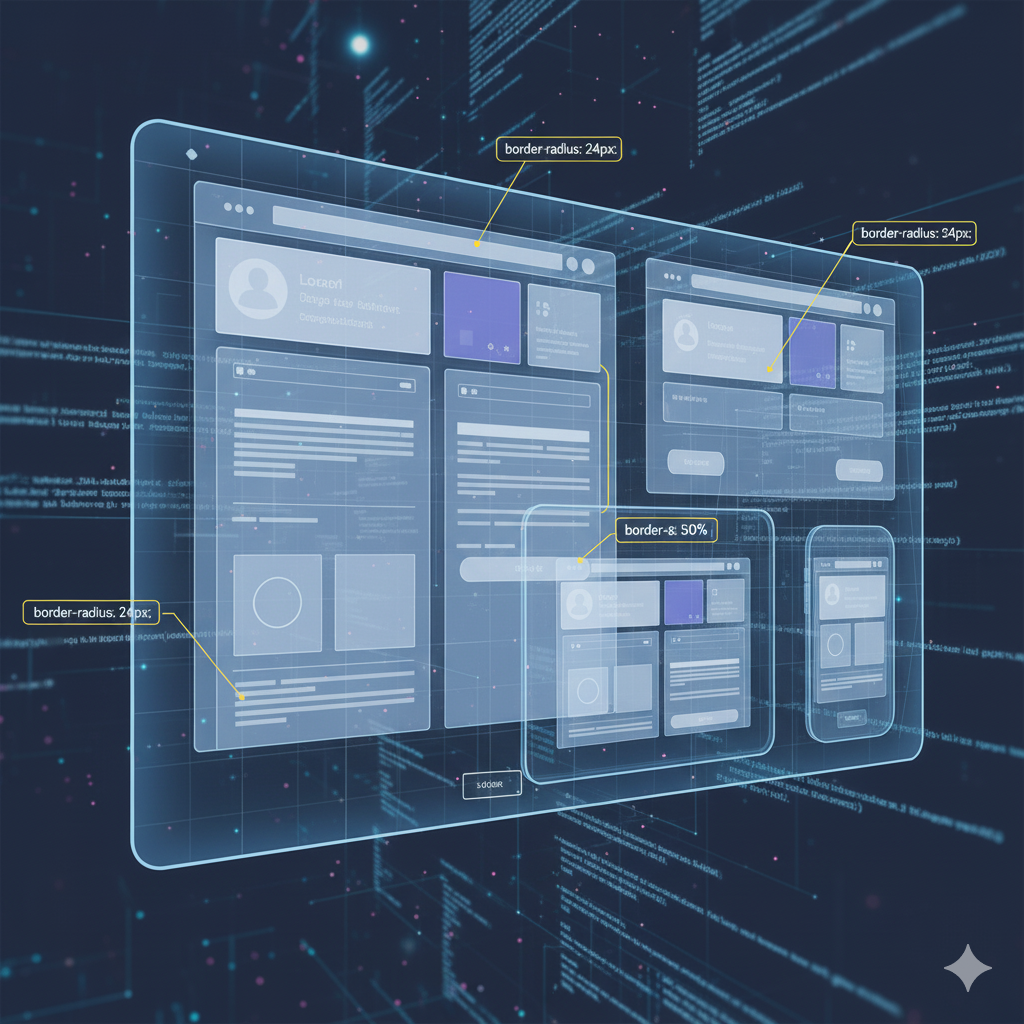
Tired of sharp edges? Learn how to use CSS border-radius to create beautiful rounded corners, circles, and modern UI elements.

Master CSS Rounded Corners: A 2025 Guide to border-radius
From Boxy to Beautiful: Your Ultimate Guide to CSS Rounded Corners
Let's be real for a second. Remember the early 2000s web? Everything was... sharp. Buttons were rectangles, images were locked in their right-angled prisons, and divs were, well, just boxes. It was a rigid, unforgiving digital landscape.
Then, CSS3 rolled in like a superhero, and one of its simplest yet most powerful weapons was the border-radius property. Suddenly, with just a line of code, we could soften those hard edges, add a touch of personality, and make our designs feel more friendly, modern, and approachable.
If you're learning web development, mastering border-radius is non-negotiable. It's one of those fundamental skills that instantly makes your projects look more professional. So, let's dive deep into the world of CSS rounded corners and turn your boxy designs into things of beauty.
What Exactly is border-radius?
In the simplest terms, border-radius is a CSS property that rounds the corners of an element. But it's a bit more magical than it sounds. It doesn't just chop off the corner; it creates a smooth, circular arc.
Think of it this way: for each corner, you're defining the radius of an imaginary circle that's used to curve the edge. A larger radius means a more gradual, softer curve. A smaller radius gives you a subtle, tight rounding.
The best part? It works on any element that can have a border – from simple divs and images to buttons, form inputs, and even textareas. It's the universal key to getting rid of those 90-degree angles.
The Syntax: Your Toolkit for Rounding
This is where we get into the nitty-gritty. The border-radius property is incredibly flexible. Let's break down the different ways you can use it.
1. The One-Value Wonder
This is the most common and easiest way to use it. You give border-radius a single value, and it applies the same rounding to all four corners.
css
.my-element {
border-radius: 15px;
}This gives all four corners a smooth, 15-pixel radius.
2. The Two-Value Trick
With two values, you start to gain more control. The first value applies to the top-left and bottom-right corners. The second value applies to the top-right and bottom-left corners.
css
.my-element {
border-radius: 20px 10px;
}
/* Top-Left & Bottom-Right: 20px */
/* Top-Right & Bottom-Left: 10px */3. The Four-Value Power Play
This is the ultimate control. With four values, you target each corner individually, starting from the top-left and moving clockwise.
css
.my-element {
border-radius: 15px 5px 25px 40px;
}
/* Top-Left: 15px */
/* Top-Right: 5px */
/* Bottom-Right: 25px */
/* Bottom-Left: 40px */This is perfect for creating playful, asymmetrical designs.
4. Going Beyond Pixels: Using Percentages (%)
You're not limited to pixels. Using percentages is especially powerful for creating circles and ellipses.
css
.avatar {
border-radius: 50%;
}This is the classic trick to turn a square image into a perfect circle. If the element isn't a square, border-radius: 50%; will create a pill-like ellipse.
5. The Slash Syntax for Fancy Corners (Advanced)
Wait, it gets even cooler. You can define two sets of radii for each corner, separated by a slash (/). This lets you create unique, elliptical corners.
css
.fancy-box {
border-radius: 50px 20px 50px 20px / 20px 50px 20px 50px;
}This creates a really interesting, scooped-out effect on the corners. It's a bit more advanced, but fantastic for adding a unique flair to hero sections or highlight boxes.
Real-World Use Cases: Where You'll Actually Use This
Theory is great, but where does this fit in a real website? Everywhere.
User Avatars & Profile Pictures: As mentioned,
border-radius: 50%;is the standard for circular avatars on social platforms, comment sections, and team pages.Modern Buttons: Sharp buttons can feel aggressive. Rounded buttons feel clickable, friendly, and modern.
css
.btn { background-color: #4CAF50; color: white; padding: 12px 24px; border: none; border-radius: 8px; cursor: pointer; }Cards & Profile Widgets: The "card" UI pattern is everywhere (think Pinterest, news sites, product listings). A slight border-radius visually separates the card from the background and feels more tactile.
Images & Thumbnails: A subtle
border-radius: 4px;on images can make a gallery feel more cohesive and less harsh.Loading Skeleton Screens: Those placeholder boxes that load before content? They almost always have rounded corners to match the final UI.
Pill-shaped Navigation & Tags: For tags or navigation items, use a radius that's larger than the element's height.
css
.tag { display: inline-block; background: #e0e0e0; padding: 4px 12px; border-radius: 20px; /* A large value to create the "pill" */ }
Best Practices & Pro-Tips from the Trenches
After you've played with it a bit, here are some things to keep in mind to level up your skills.
Consistency is Key: On a single website or app, try to use a consistent radius scale. For example, you might have small (4px), medium (8px), and large (16px) radii defined in your CSS variables. This creates a cohesive visual language.
Use CSS Variables for Easy Theming: Define your radii as CSS custom properties. This makes it a breeze to change the entire look of your site later.
css
:root { --radius-sm: 4px; --radius-md: 8px; --radius-lg: 16px; } .card { border-radius: var(--radius-md); } .btn { border-radius: var(--radius-sm); }Mind the Background Bleed: Sometimes, if an element has a different background color than its container, a rounded corner can reveal the container's background in a way that looks like a tiny gap. Using
overflow: hidden;on the rounded element usually fixes this.Performance is a Non-Issue: Unlike some CSS properties that can cause slow repaints,
border-radiusis highly optimized and has a negligible performance impact. Go nuts!
Want to build a strong foundation in the core concepts that make tricks like border-radius so powerful? To learn professional software development courses such as Python Programming, Full Stack Development, and MERN Stack, visit and enroll today at codercrafter.in. We break down the fundamentals so you can build the future.
FAQs: Your Questions, Answered
Q: Can I make just one corner rounded?
A: Absolutely! You can use the longhand properties for ultimate precision:
* border-top-left-radius
* border-top-right-radius
* border-bottom-right-radius
* border-bottom-left-radius
Q: Why isn't my border-radius working?
A: Let's troubleshoot! The usual suspects are:
1. Specificity: A more specific CSS rule is overriding your border-radius. Use your browser's DevTools to inspect the element.
2. Conflicting Properties: If the element is a child of a container with overflow: hidden;, the rounded corners might get clipped.
3. Syntax Error: A simple typo can break it. Double-check your commas and values.
Q: Can I use border-radius on a table?
A: Yes, but it can be tricky. You need to apply it directly to the table element and also set border-collapse: separate;. For best results, round the corners of the individual th/td elements in the first and last rows.
Q: What's the difference between px, %, and em?
A: px is fixed. % is relative to the element's own dimensions (great for circles). em is relative to the element's font size, which is fantastic for maintaining proportions in scalable designs.
Conclusion: Stop Being So Square!
The border-radius property is a perfect example of how a tiny bit of code can have a massive impact on the feel and professionalism of your website. It’s a workhorse property that bridges the gap between functional and fantastic.
From the subtle rounding on a button to the perfect circle of a user's avatar, it’s an essential tool in every web developer's CSS arsenal. So, open up your code editor, start experimenting with these values, and give your designs the smooth, modern touch they deserve.
Ready to move beyond CSS and become a well-rounded (pun intended) developer? Mastering the front-end is just the beginning. To learn professional software development courses such as Python Programming, Full Stack Development, and MERN Stack, visit and enroll today at codercrafter.in. Let's build your future in tech, one line of code at a time.
